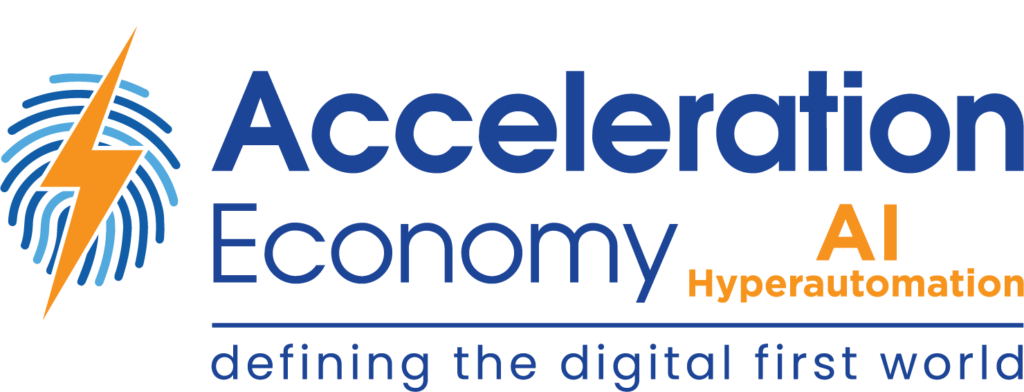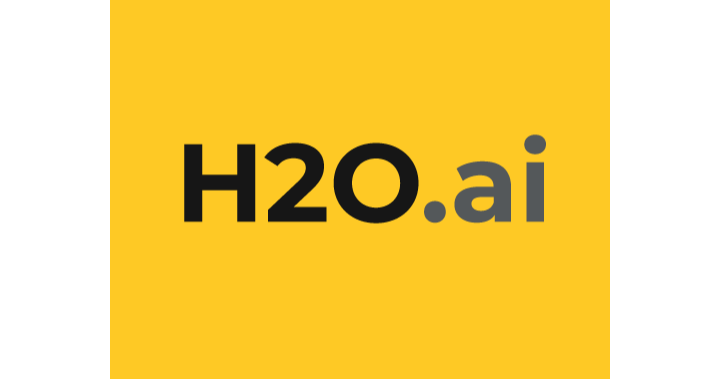Highlights
00:13 — Over the past couple of years, AI has significantly grown, including an estimated 50% increase in adoption between 2020 and 2021. However, some companies view it as ‘too technical’ or ‘too complex.’
00:37 — After recognizing these challenges, H2O.ai developed a solution called H2O Hydrogen Torch to help combat the barriers. The solution simplifies the process into three steps:
- Load the data
- Select the problem and input the parameters
- Launch the training
01:16 — The H2O.ai solution is framed as a no-code deep learning framework. Furthermore, it’s targeted towards AI citizen developers.
01:58 — H2O.ai released another tool to aid with AI adoption in the healthcare industry. The Hospital Occupancy Simulator is a powerful AI tool that can open data—including public data and custom data—and produce a way to simulate a four-week projection on occupancy, admissions, and the length of stay.
02:43 — Wired tools are important for a couple of reasons, such as accessibility and ease of use for AI.
03:02 — In addition to cloud capabilities, AI tools have become more cost-effective. It’s the access to the solutions that have been the barriers.
03:30 — Along with accessibility, the democratization of AI is now much easier with new solutions, such as the H2O Hydrogen Torch solution. It unlocks the potential of AI to newer sets of people, which can then unlock other potential solutions.
04:03 — This also empowers the true super-computers: the human mind. It enables the unleashing of human creativity. The future of AI depends on what we do now.
Looking for real-world insights into artificial intelligence and hyperautomation? Subscribe to the AI and Hyperautomation channel:









